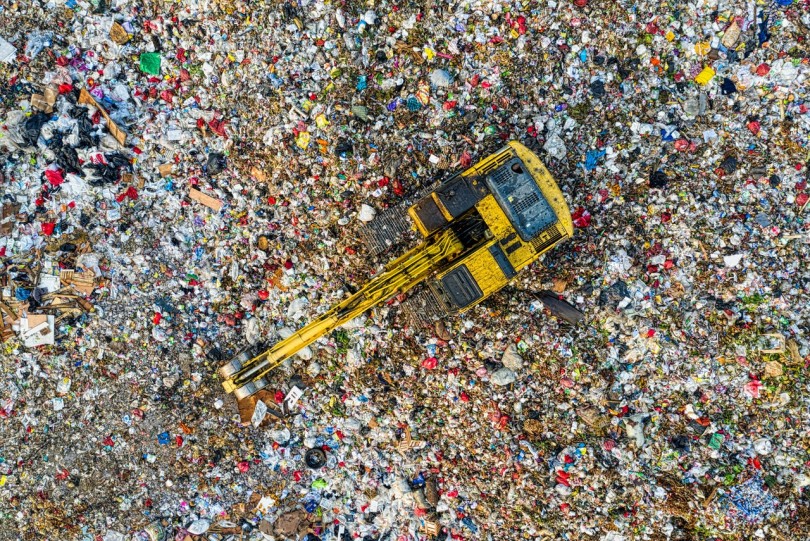Is Autonomous Driving coming to the UAE?
26 Apr 24
Lab ChatThe Global News Source for the World of Science and Chemicals
02 November 2021
Enviro Chat
As part of the national shift towards decarbonising its economy and enhancing its environmental profile, the UAE has announced the creation of solar landfills in the emirate of Sharjah. The project is a collaboration between waste processing firm Bee’ah and Masdar, the renewable energy company of Abu Dhabi.
The Sharjah project aims to turn closed landfill sites – which themselves are responsible for a number of different types of pollution – into sources of renewable energy. It will do so by installing solar panels on top of the buried waste, thus killing two birds with one stone and improving the sustainability of the country’s electricity credentials in one fell swoop.
The collaboration between Bee’ah and Masdar is not the first time the two entities have worked together. In 2017, the companies teamed up to form the Emirates Waste to Energy Company. Sharjah was also the site of their maiden project together, when they commissioned French company CNIM to design, construct and operate the country’s first waste-to-energy power plant.
The facility helped convert some 300,000 tonnes of waste into 30MW per annum, which is enough electricity to power 28,000 homes in the region. It is also able to offset around 450,000 tonnes of carbon emissions per year, as well as allow Sharjah to become the first city in the country to achieve its target of diverting 100% of waste away from landfill.
With the landfill no longer needed to dispose of the city’s waste, it was in danger of becoming a derelict no-go zone that would waste precious space within the UAE’s diminutive borders. However, by installing solar panels atop the closed landfill sites, Bee’ah and Masdar are able to both repurpose the old land and generate a significant amount of clean energy in the process.
In fact, it’s estimated that the Sharjah site will be capable of generating around 120MW per year once operational. That’s enough clean electricity to power well over 100,000 Emirati homes each and every day of the year, which would boost the country’s environmental credentials no end. The government have set an ambitious target of doubling the share of sustainable energy to 50% of the overall total by 2050.
While the Sharjah solar landfill is certainly something for eco-conscious Emiratis to get excited about, it’s by no means the only iron in the fire. Abu Dhabi is in the process of constructing the world’s largest solar farm, which will be able to generate 2GW of power across its four million solar panels upon its completion in 2022. The emirate already holds the record for largest solar farm at Noor Abu Dhabi, which can produce 1.17GW from 3.2 million panels, but it will soon be toppled by its compatriot.
Meanwhile, Dubai is not allowing itself to be outdone by the UAE capital. The emirate is looking to wean itself away from its reliance on natural gas by building the world’s solar energy park. At a cost of around $13.6 billion, the park will generate around 5GW and serve the needs of some 240,000 Emirati households by 2030.
DOWNLOAD PDF

2 Day Seminar Program
@ ArabLab+ 2024
24 & 25 September 2024
22 Apr 24
Lab ChatYour stay in Dubai
Labkit
Product News
Chemkit
Product News
Thinking about exhibiting at ARABLAB 2024? Watch our video to find out more.
Join the world’s leading organisations…
Join our mailing list and receive the ARABLAB newsletter and event updates.